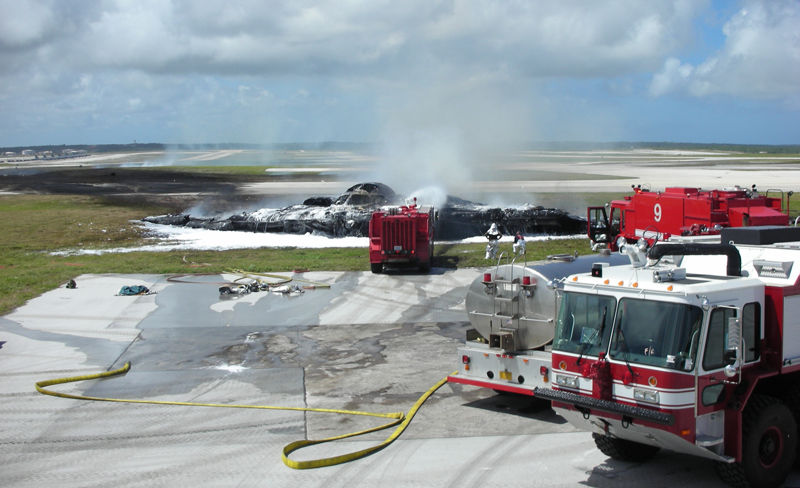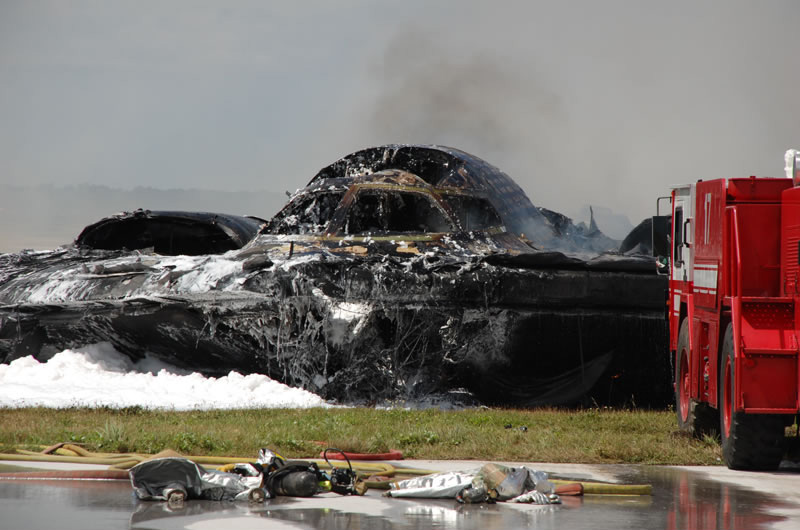On February 23, 2008, the U.S. Air Force suffered the most expensive aircraft loss in history when a B-2 Spirit stealth bomber—one of the most advanced warplanes ever built—crashed just seconds after takeoff. The price tag? A staggering $1.4 billion.
This wasn’t just any plane. The B-2 Spirit is a flying marvel of modern warfare, designed to be virtually invisible to enemy radar. With only 21 ever built, every single one was a national treasure. And on that fateful morning, one of them was about to be reduced to scrap.
A Billion-Dollar Disaster
The aircraft, named Spirit of Kansas, had just taken off from Andersen Air Force Base in Guam. Everything seemed normal—until it wasn’t. Just as the massive bomber lifted off the runway, it suddenly pitched upward at an extreme angle. The pilots struggled to regain control, but within seconds, the plane veered sharply, lost lift, and slammed into the ground.

Both pilots managed to eject safely, parachuting down as their billion-dollar aircraft erupted into flames. Spirit of Kansas was completely destroyed—nothing salvageable, nothing repairable.
It was the first—and, so far, only—B-2 ever lost in an accident. And considering the jaw-dropping cost, it was a loss that stung.
What Went Wrong?
With an aircraft this advanced, you might expect a catastrophic engine failure or some high-tech sabotage. But the actual culprit? Moisture.
Yes, water played a key role in the most expensive single-aircraft loss in history. Investigators determined that heavy humidity in Guam had allowed moisture to build up inside the plane’s air-data sensors—the instruments responsible for measuring airspeed and altitude.
When the pilots attempted takeoff, these sensors fed false data into the aircraft’s flight control system. The plane’s computers believed they were receiving accurate readings and tried to compensate—except the information was completely wrong. The system mistakenly thought the aircraft was in a normal climb, when in reality, it was on a collision course with disaster.

The Aftermath
The loss of Spirit of Kansas forced the Air Force to re-evaluate its B-2 maintenance and flight preparation procedures. New safeguards were introduced to prevent similar incidents, including improved moisture control and more rigorous pre-flight checks.
Fortunately, the B-2 fleet remains active and continues to be a cornerstone of U.S. military airpower. But the loss of one of these rare bombers serves as a cautionary tale—even the most cutting-edge technology in the world can be undone by something as simple as humidity.








